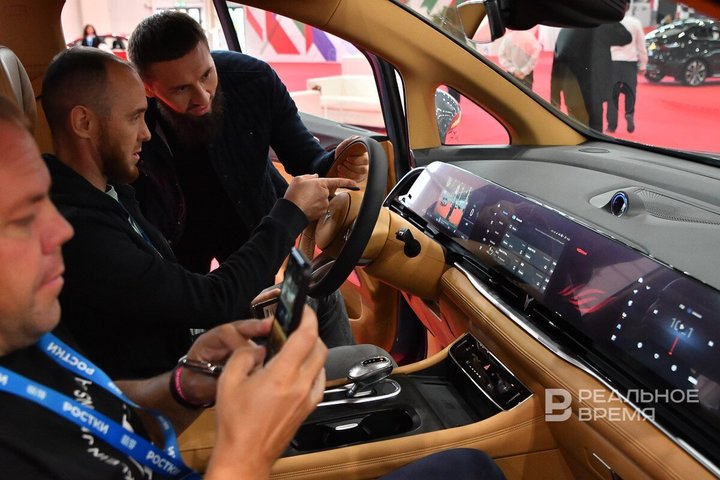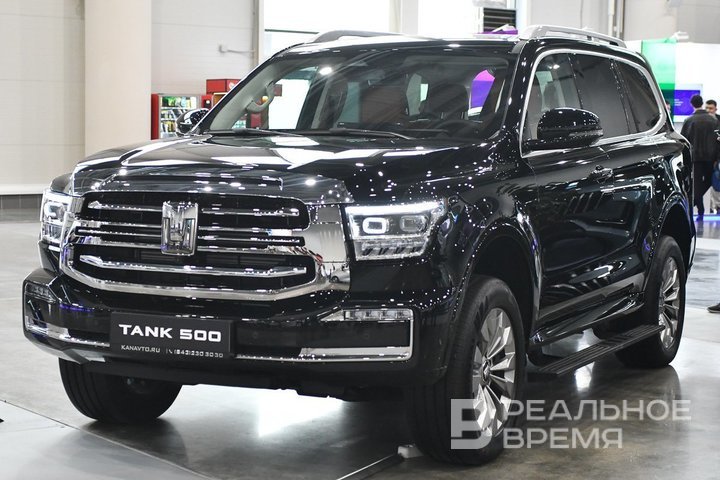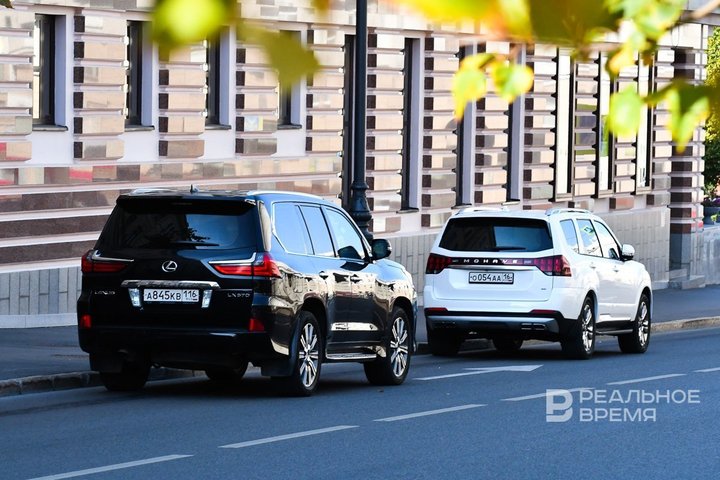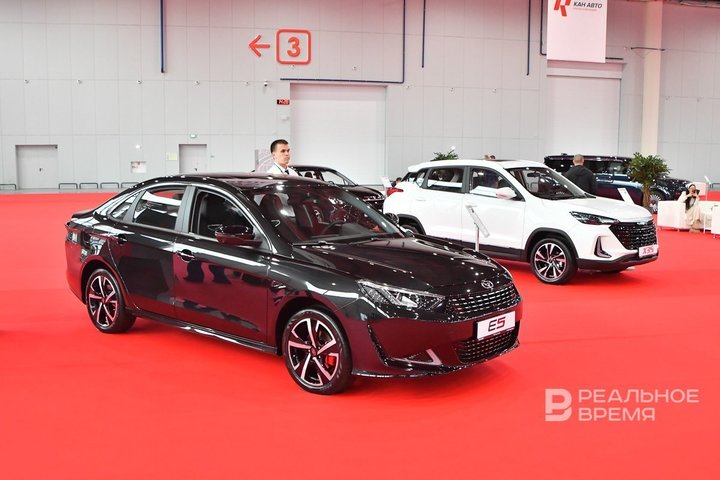Roman Solovyov, Avto.ru: ‘We shouldn’t expect a direct reduction in the cost of new cars’
How the cost of cars has changed and what will happen to prices in the future

In July, car prices in Tatarstan increased by 1% compared to the previous month. The average cost of a new car in the republic was 3.2 million rubles, and a used car (Editor’s note: up to 15 years old) is 1.6 million rubles. As head of the client analytics group at Avto.ru Roman Solovyov told Realnoe Vremya, we shouldn't expect a direct reduction in the cost of new cars, but by the end of the year, distributors and dealers may announce special conditions for their purchase in an effort to fulfil the plan. Read more about it in a report of Realnoe Vremya.
Chinese and Lada Niva Legend in the top among new cars whose prices increased and decreased
Among the new cars, the Chinese Kaiyi E5 sedan has gone up in price the most — by 6%, to 2.3 million rubles. The Lada Niva Legend has increased in price by 4% (1.1 million rubles). All representatives of the Chinese auto industry are among the other cars that have gone up in price:
- Haval F7 — +2%, 3.1 million rubles;
- Chery Tiggo 4 Pro — +1%, 2.4 million rubles;
- Tank 500 — +1%, to 6.9 million rubles.

There are also cars whose average price has decreased here too, it is only Chinese cars: Exxed LX is first, its price has been decreasing for the second month in a row. The prices for Haval Jolion (-2%, 2.4 million rubles), Omoda C5 (-2%, 2.9 million rubles) and Chery Tiggo 8 Pro Max (-1%, 4.2 million rubles) also have gone down.
Haval deserves special mention. According to Avito Auto, in the first half of 2024, demand for new Haval crossovers in Tatarstan increased by 2.2 times and supply did by 5.5 times. The dynamics of the supply of used cars of this brand is also significant — 2.2 times, and demand increased by 2.5 times. The most popular model is Jolion: its share in supply is 41.05%, in demand — 50.4%.
Prices for used cars have risen significantly more than for new ones
As for the used cars whose value has changed, the situation is developing the opposite way — the top is almost fully occupied by European brands. The price of the Mercedes-Benz V-Class W447 increased immediately by 28%, up to 10.6 million rubles. The price tag for the Datsun mi-DO rose by 21%, to 670,000 rubles. It is followed by:
- Great Wall Hover H3 I — +19%, 740,000 rubles.
- Skoda Yeti I — +14%, 950,000 rubles.
- Volkswagen Tiguan II — +14%, 3.9 million rubles.
- Peugeot 308 I — +13%, 643,000 rubles.
- Audi A5 8T — +13%, 1.2 million rubles.
The price of the Volkswagen Touareg III decreased the most — f-12%, to 6 million rubles. The Lexus LX III fell by the same amount — 8.3 million rubles.

These are other models that fell in price:
- Mitsubishi ASX I — -10%, 1.16 million rubles.
- Hyundai i40 I — -10%, 1.24 million rubles.
- Ford EcoSport II — -9.5%, 1.07 million rubles.
- Opel Antara I — -9%, 1.12 million rubles.
A decrease in car prices is expected by the end of the year
“Compared to this June, the average cost of cars has increased slightly. For the new segment, the change was only 40,000 rubles, up to 3.16 million rubles, and the price of a used car increased by 20,000 rubles. This is due to the fact that the supply structure has practically not changed and the level of supply and demand remains at the same level,” head of the client analytics group at Avto.ru Roman Solovyov explained the results of the study.
According to him, the average cost of new cars can decrease both due to promotions by the importer and dealer and changes in the supply structure, the appearance of more affordable versions of a particular model.
“In the used car segment, the cost largely depends on the level of demand, the continuing decline in the average cost may signal a cooling of consumer interest,” the expert emphasised.
Another factor in the rise in the price of cars will be the annual indexation of the recycling fee from 2024 to 2030. During the first year, it may be indexed by 70-85%, each next year — by 10-20%. But there are other reasons for the price increase.
“Manufacturers will have to invest more in loan subsidy programmes against the backdrop of an increase in the refinancing rate, so a direct decrease in the cost of new cars should not be expected,” said Roman Solovyov.

A decrease in car prices should be expected by the end of the year.
“This year, attractive promotions and offers may appear by November-December dictated by the fact that distributors and dealers will strive to fulfil the annual sales plan,” the expert concluded.